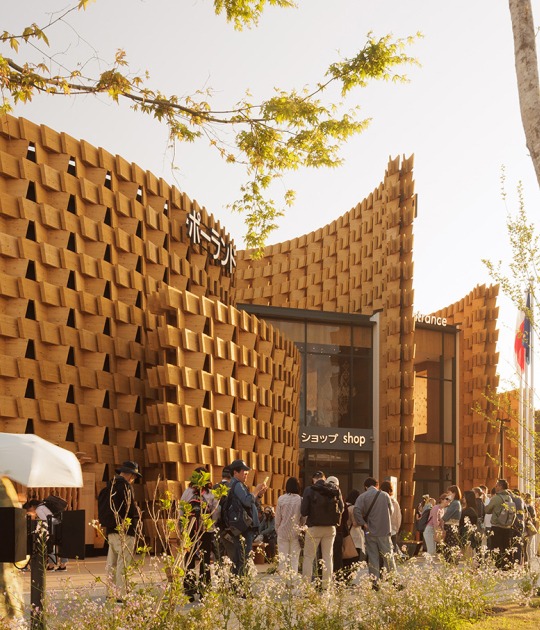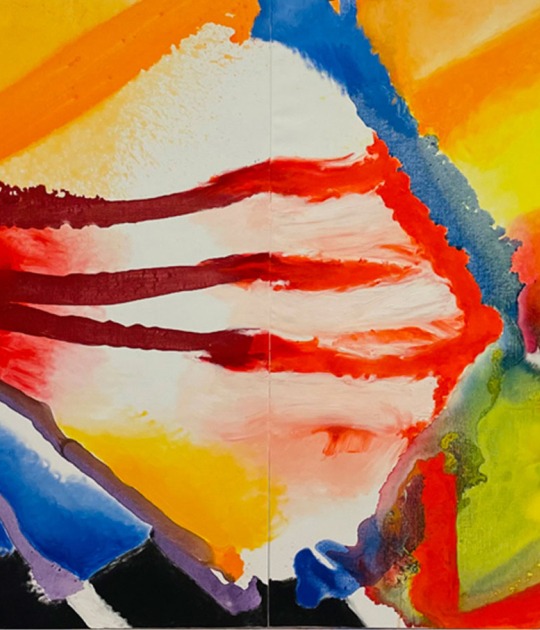"Taking place more than 20 years after his death and since the last major monographic exhibition in Milan, this important retrospective on Aldo Rossi offers an opportunity to not only gather extraordinary materials, spread across numerous archives and private collections around the world but also to reflect on the specific features characteristic to Italian architecture from the second half of the twentieth century."
After the exhibition dedicated to Gio Ponti, Aldo Rossi is the focus of a major retrospective at MAXXI that analyses the extraordinary theoretical and his practical contribution in the reconstruction of Berlin and the debate about Barcelona. He places his studies within a broader tradition of national analytical culture and in relation to the most pressing issues of urban contemporary life.
Highlights of the exhibition include cultural projects, architectural projects, domestic set-ups and projects, as the three main drivers of a complex, multifaceted history involving training, research and education,
over 40 models along that pay attention to two of Rossi’s most significant works in his native Italy, Venice’s Theatre of the World and the San Cataldo Cemetery in Modena, broughting to life in a gallery setting with original materials and photography by Antonio Martinelli, Luigi Ghirri, and Stefano Topuntoli.
Other projects on display are Italian theatres Carlo Felice in Genova, Berlin's Schützenstrasse and the Disney Headquarters in Orlando. The exhibition finishes featuring the iconic Piroscafo bookshelf, which was designed by Rossi with Luca Meda for Molteni&C, which is serving as the show’s sponsor.
























